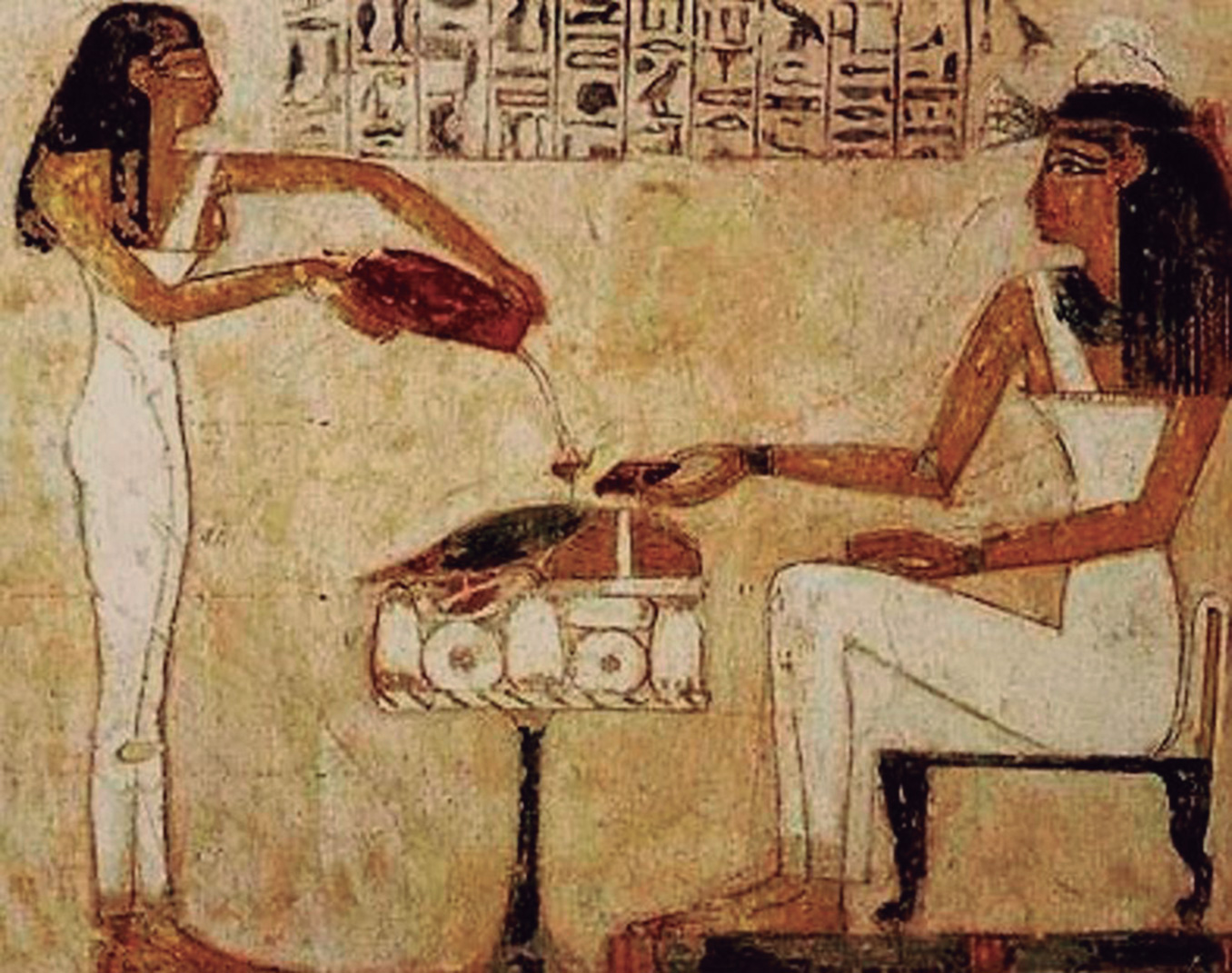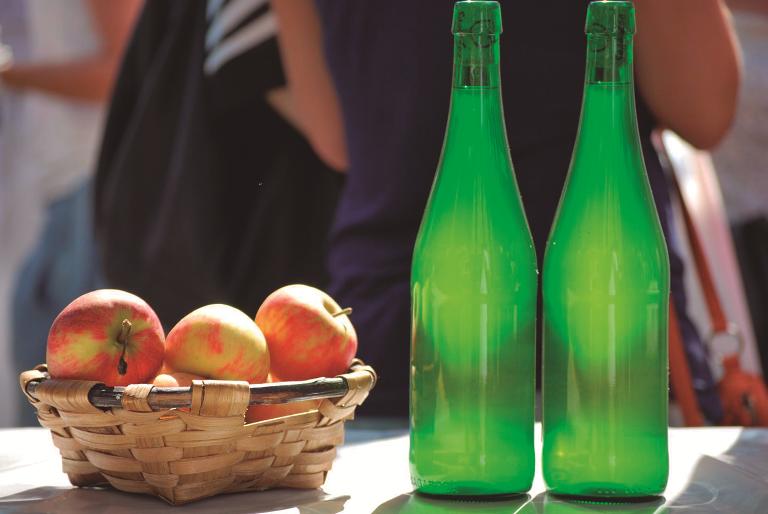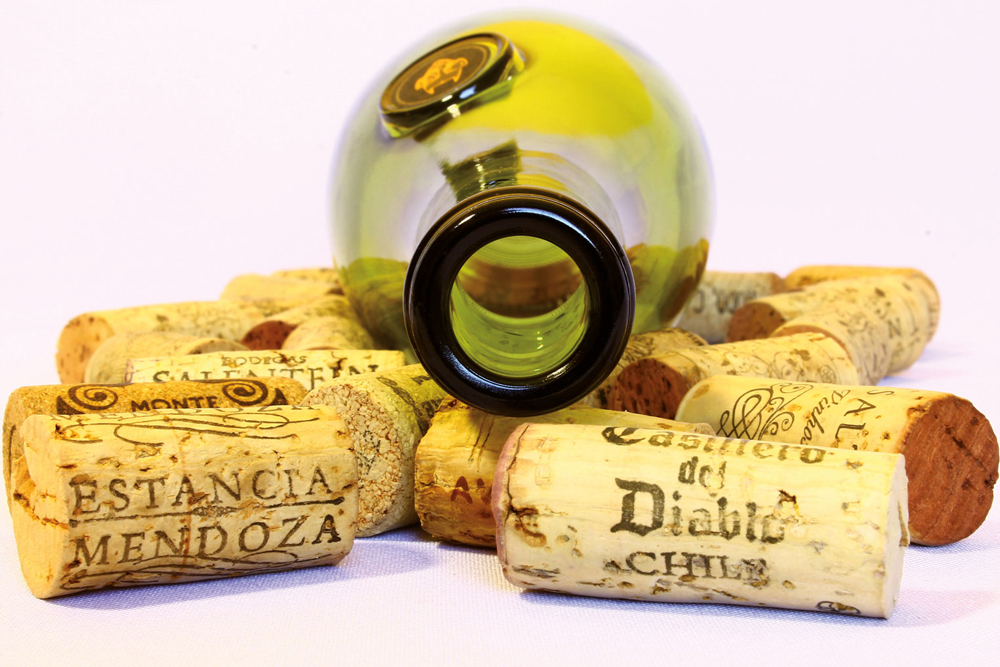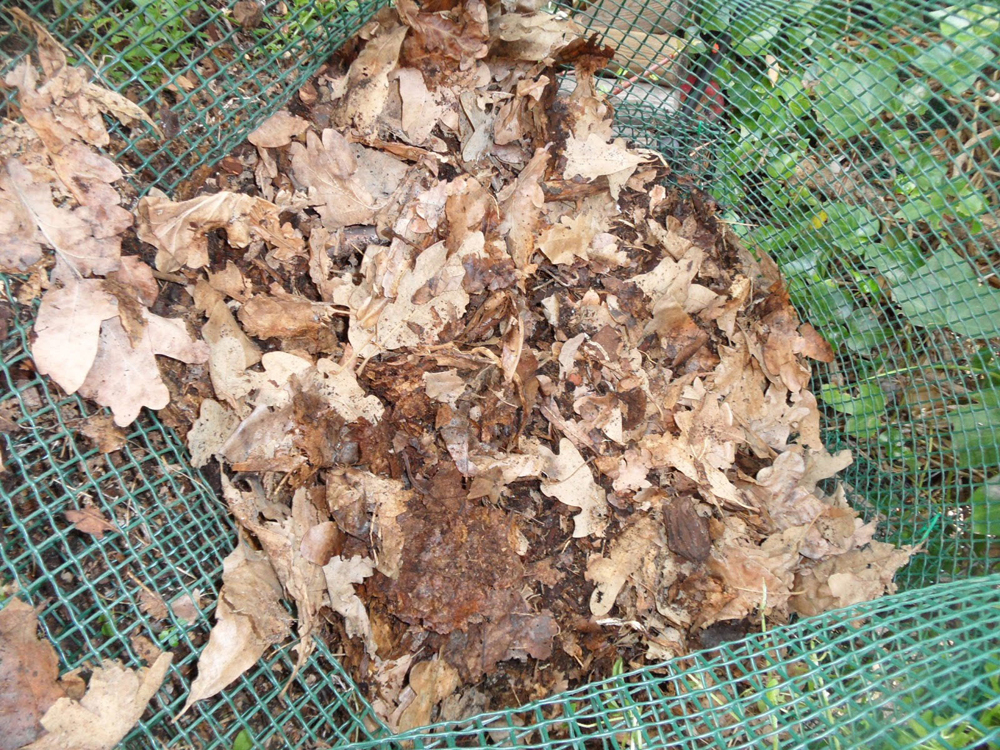Ciders and ferrets
- Getozka is cosmopolitan, Portulaca oleracea. We have traveled the world, knowingly or in word, and in many places it lives well. It's Norwegian and ubiquitous. Like all we know, we don't know very well where it is from. When we talk about plants, we have a terrible trend: this is the one here, the one there, the one beyond...
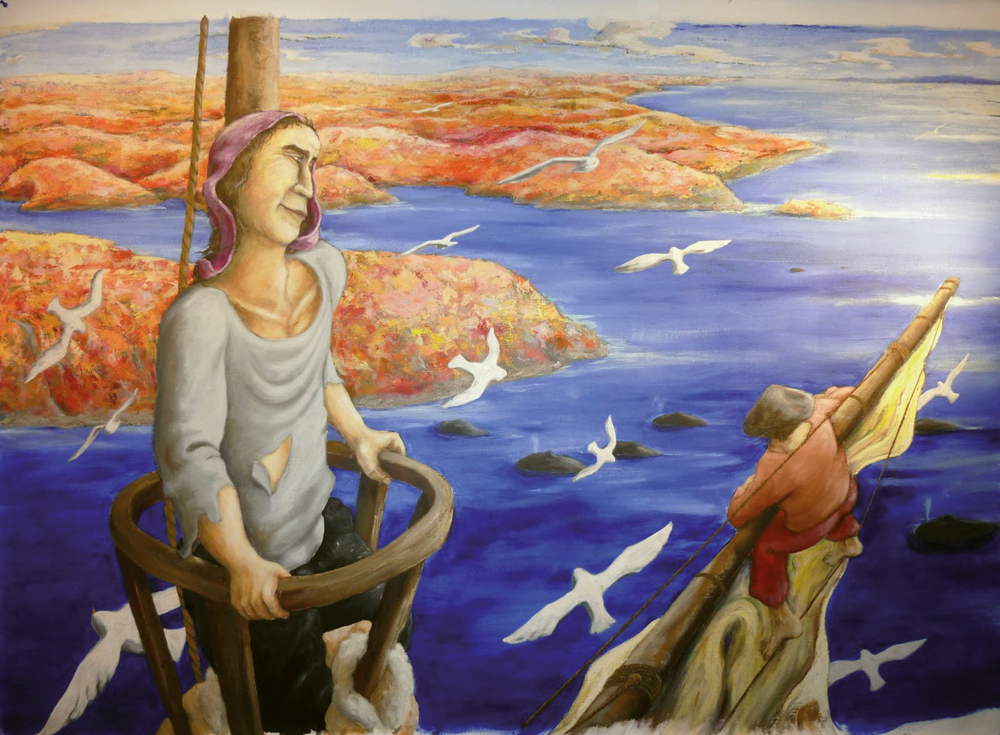
The displacements and contributions of the plants to the valleys and the mountains help to create the chord of the history of the world. This rope is often weaker than the trail that the Ala leaves in the river; it's more masonry than the rope. Then there is a need to define the plants: this is invasive, that is immigrant, that of here, this other “always” has been here, that of there we have it in the shield of the family... And the shield could come only a small uproar.

With Getaria, for example, it's pretty among the sages. Although today he lives very well in America, “always” it has been considered that the Getoza is a plant in Eurasia. However, due to the works of archaeologists, we now know that it existed before 1492. On Lake Crawford, its pollen and seeds are found in sediments from 1360 to 1650. Chronicler Oviedo mentions that in 1526 the Atlantic existed on both sides of the Atlantic. Indigenous ferrets cultivated corn (Zea mays) and sunflower (Helianthus annuus), and they also ate the getozo-growing in the middle. In 1623, a French monk named Gabriel Sagard, in the description of these territories, clearly explains that ghetto was abundant in fields of maize and pumpkin. Fraidea, in addition to composing the Hurés-French dictionary, published a series of books about it. Although we do not know where and when he was born, in that area he was named Sagard.
And there are two theories. Baga, the most natural one: the birds ate gingozosí, and on their visits extended to America. Biga, anthropocentric: Before Kolon, the Vikings took him. But in their territories, almost all at more than 60º latitude, there is no getaria (Iceland, Greenland, Ternua...). I'm also going to throw out the third one, without removing the heat: What if the Basques took him away? Here's the getaria, and there it appeared around the lands that our fishermen had traveled. Before the colon. What if corn and pumpkin came before? What if it was Sagard, Sagardi or Sagardia?
The day exceeds the night with the spring equinox. This year it happened on 20 March, at 22:59 hours, opening the door of the spring. The Eki prefix means the same thing. Until then the night had been longer. The day and night were twelve hours. Since then, the day is extended... [+]
Time has been on our line for a long time, but the climate is relatively recent. There is no need to clarify too much what climate change is. Explaining what the landscape is is a redder necessity. Conferences, round tables or international conferences on climate change are... [+]
It's time to pick up the fruits and get them on the way to the lagar. Pear (Pyrus communis), apple (Malus x domestica), grape (Vitis vinifera)... It seems a short and quick road, but you have to work a lot of rodeos and their variants until the fruit becomes must and must become... [+]
In the Basque Country, agriculture is the history of permanent colonization. Like everywhere. Before, the land was not cultivated; before, the harvest was not sown; you enjoyed what was not eaten before. They had brought it all from elsewhere. Many of these stories have been... [+]
Returning to the wines that are made with the crops, the left madreselva (Humulus lupulus) is conservative and bitter tasting aggregator. The union of crops and madreselvas produces many dirty jets, especially in beer countries. A friend has just explained to me the stories of... [+]
In our house we met him with the name of madreselva (Humulus lupulus). In fact, we have worked hard and sinister on the banks of the river in our country, coinciding with the expansion of beer. We've learned that it's also called lobster, beer, beer, wart and grass on the left... [+]
Spring has brought the issue to my nose. C. worked at various research centers in New York. Bushdid, M. Oh! Magnasco, L.B. Vosshall and A. An article published by scientists Keller in March 2014 in the prestigious “Science Magazine” produced a great stir. The title says it... [+]
The curious interannual days end, those who eat and drink from the emanations of the earth. I'll eat from the best to the best. Supposedly. Heavy champagne and cava bottles are easy to dance. Even though they are of all kinds today, they were once the cider of the other barrel... [+]













